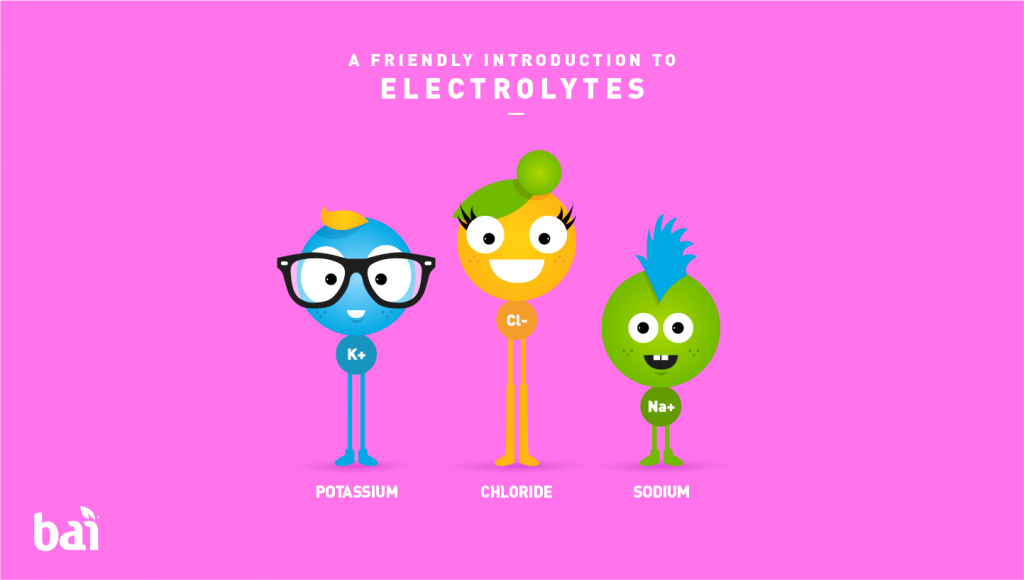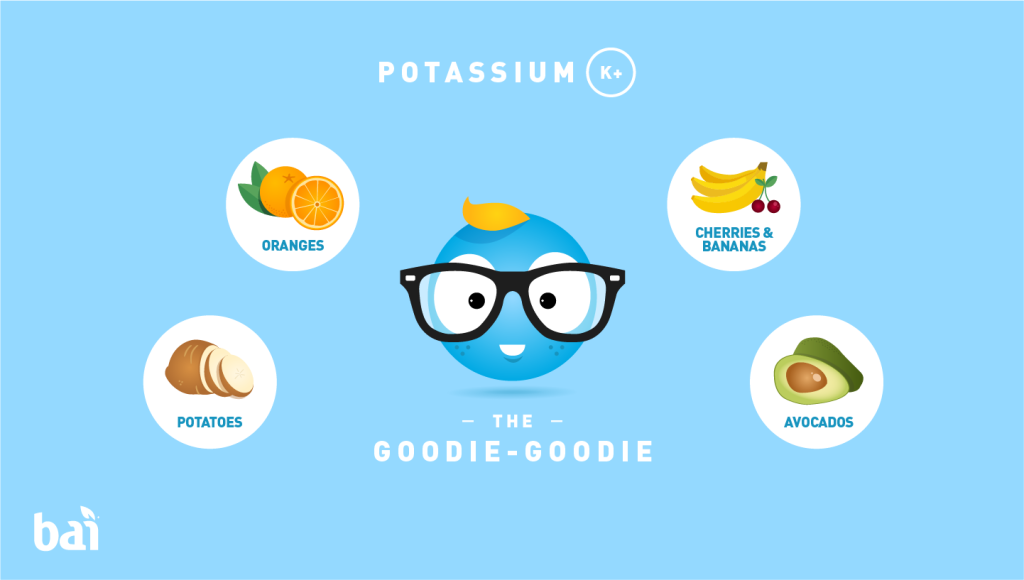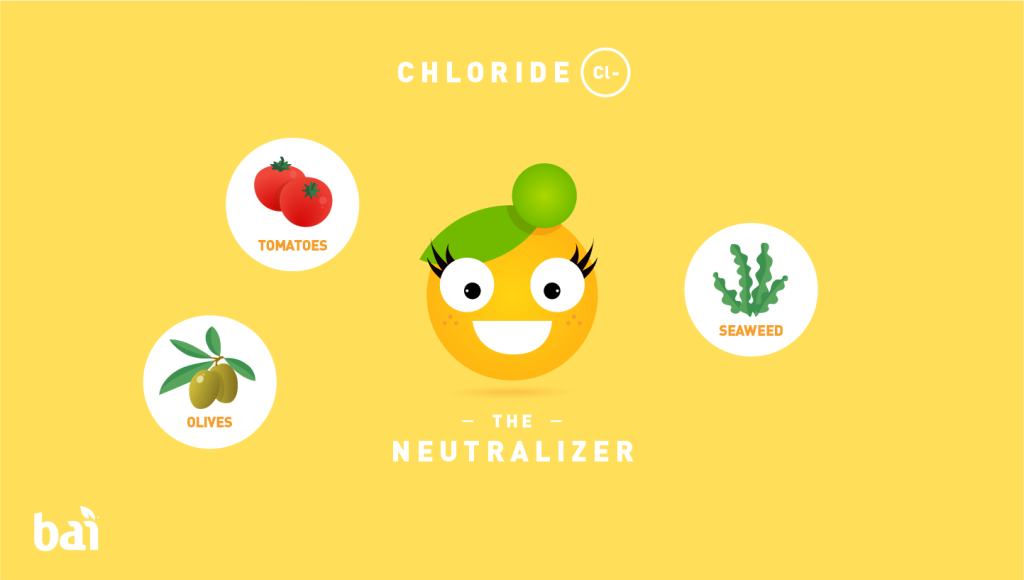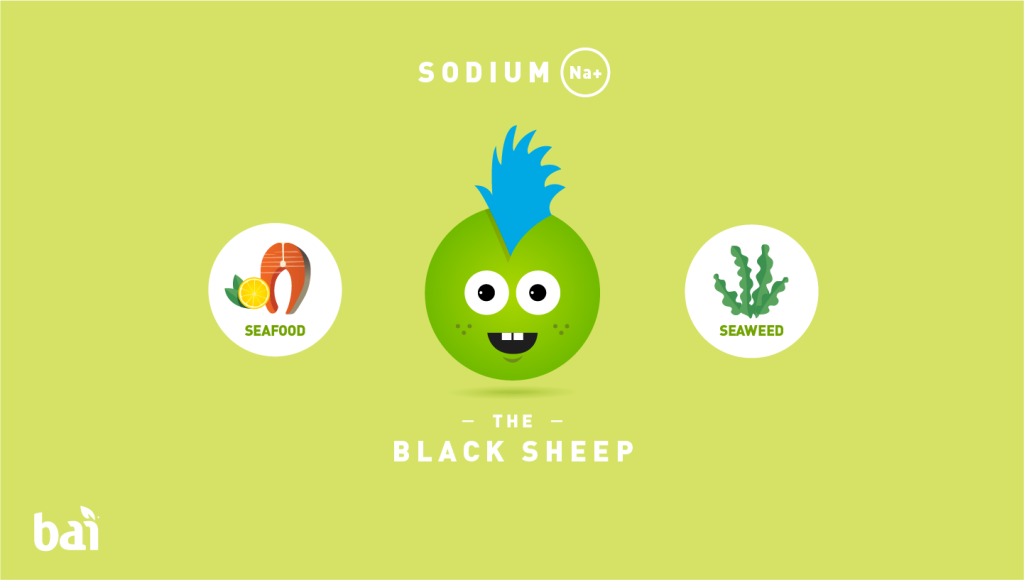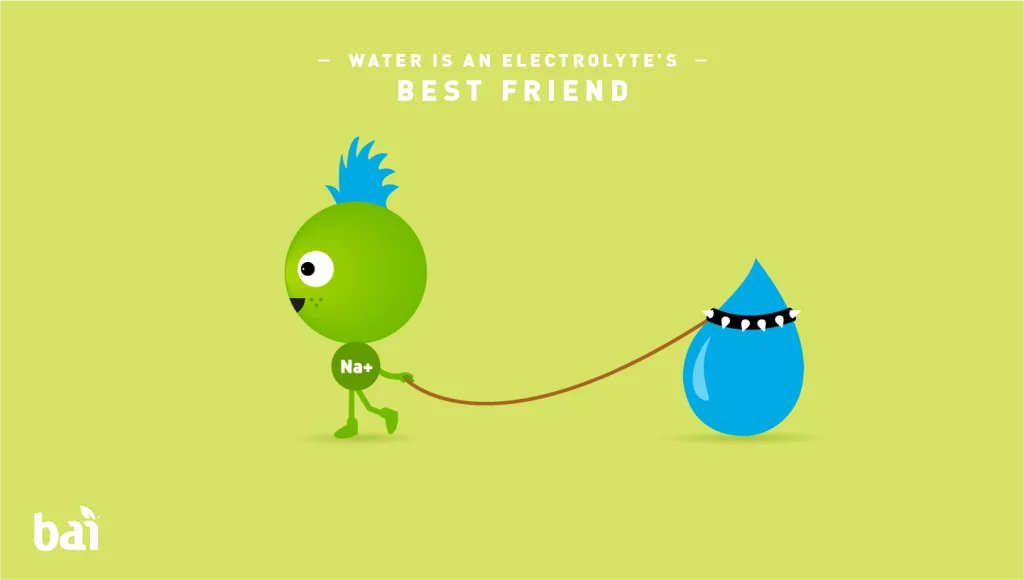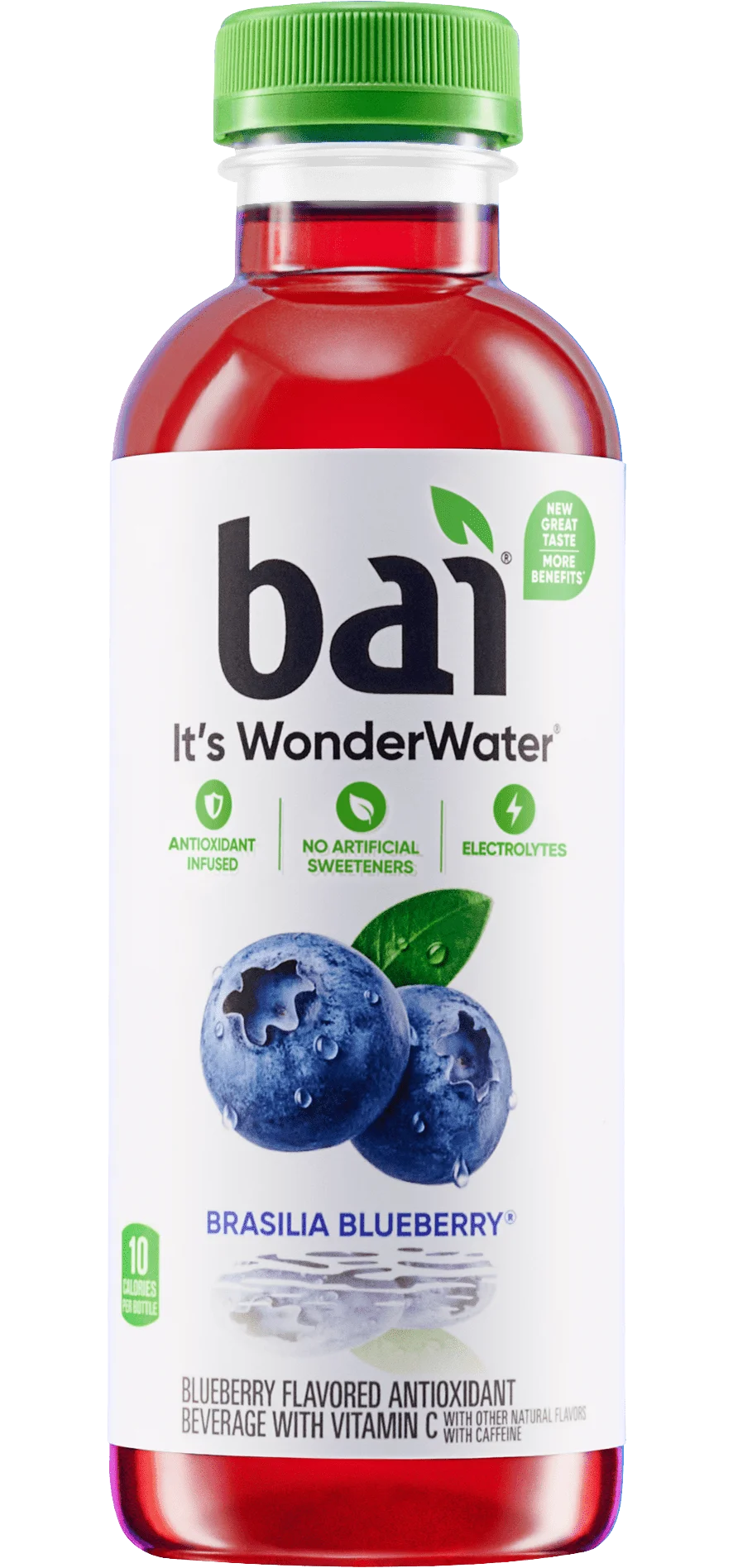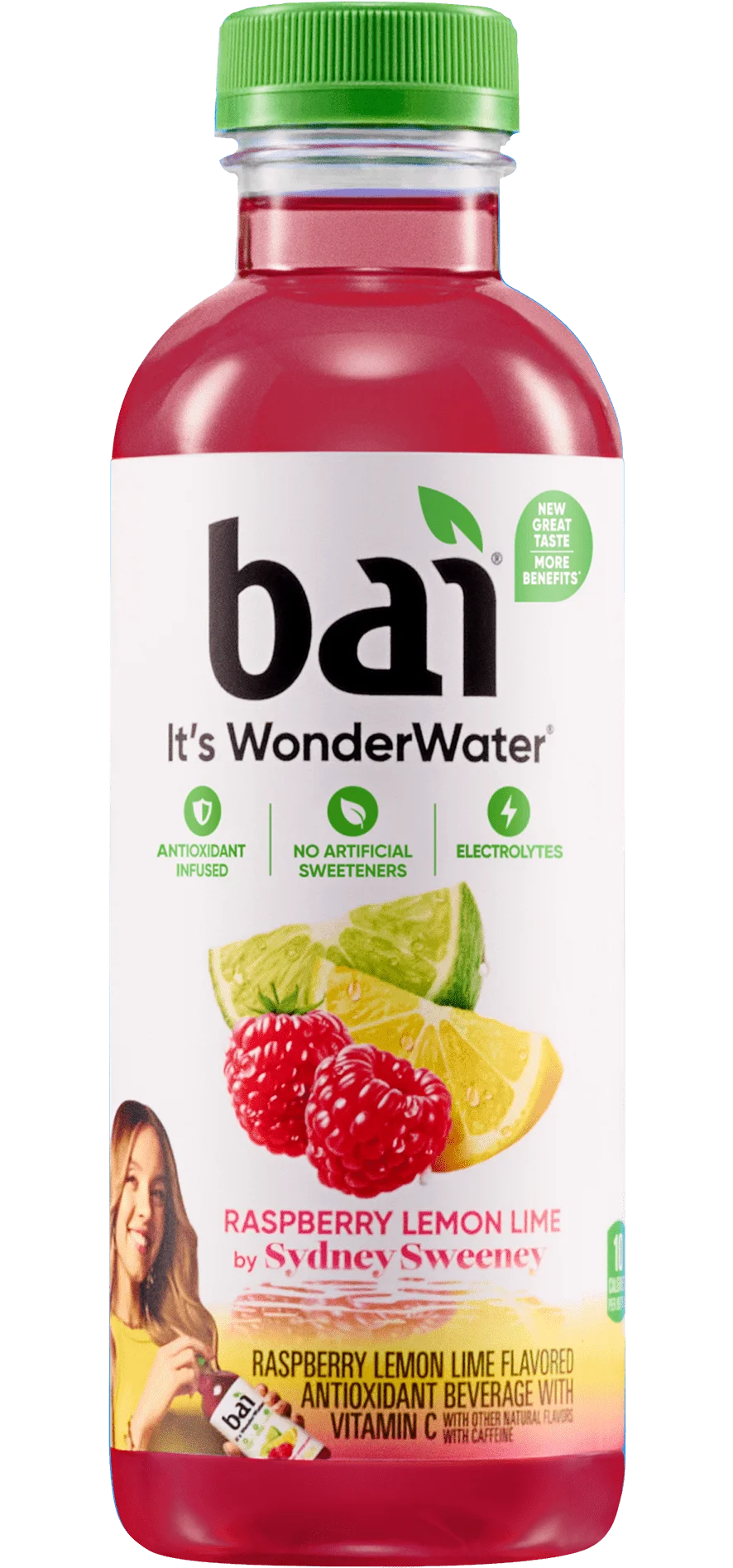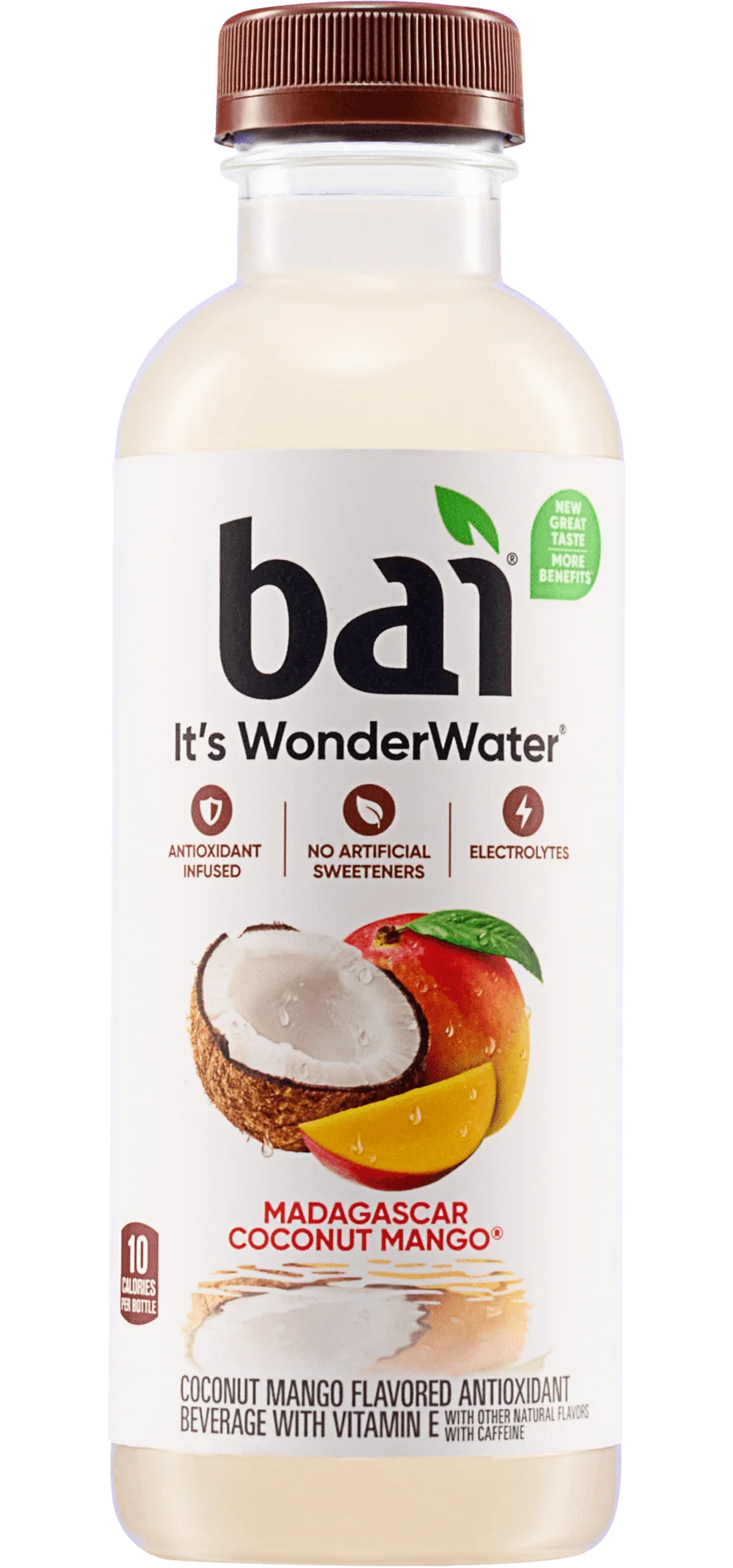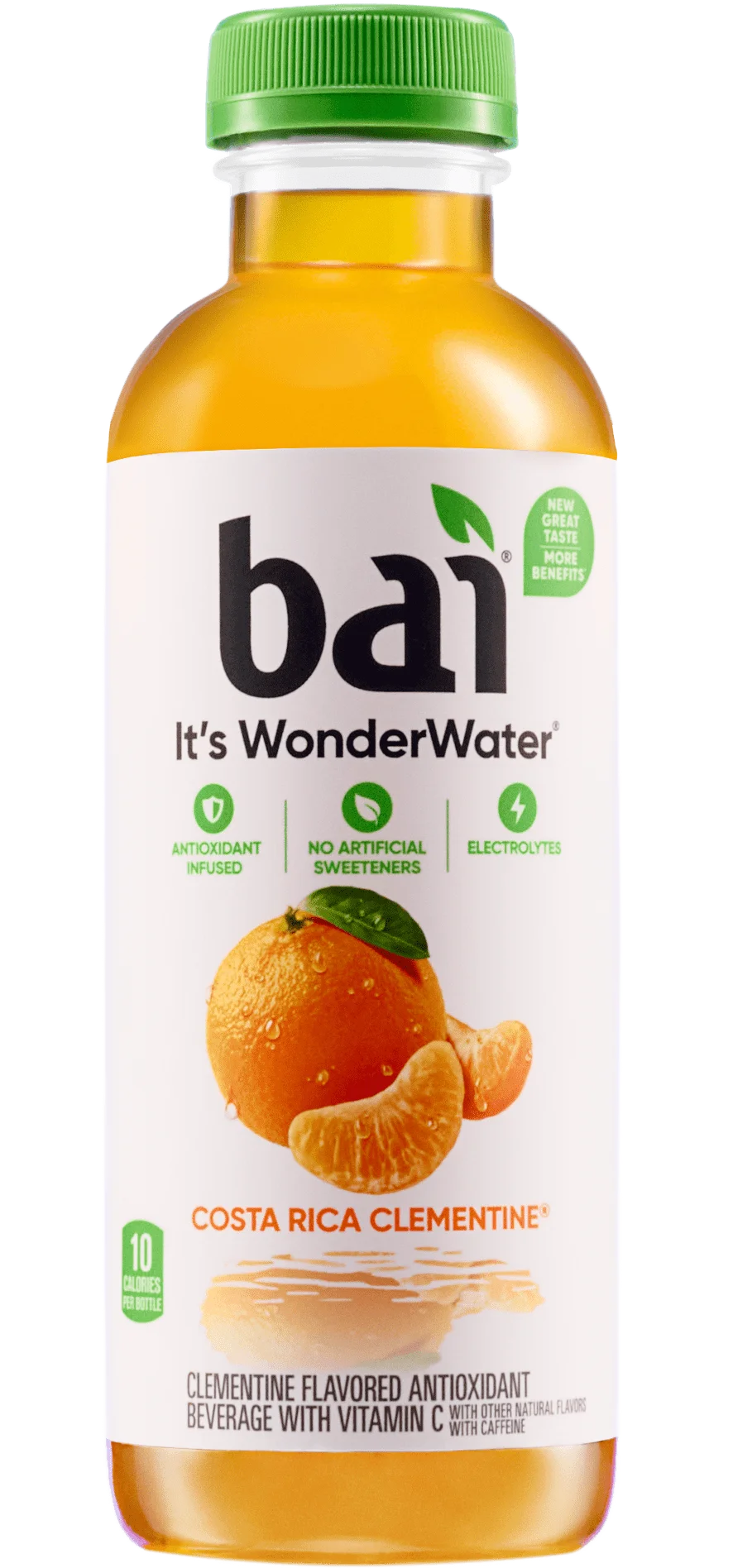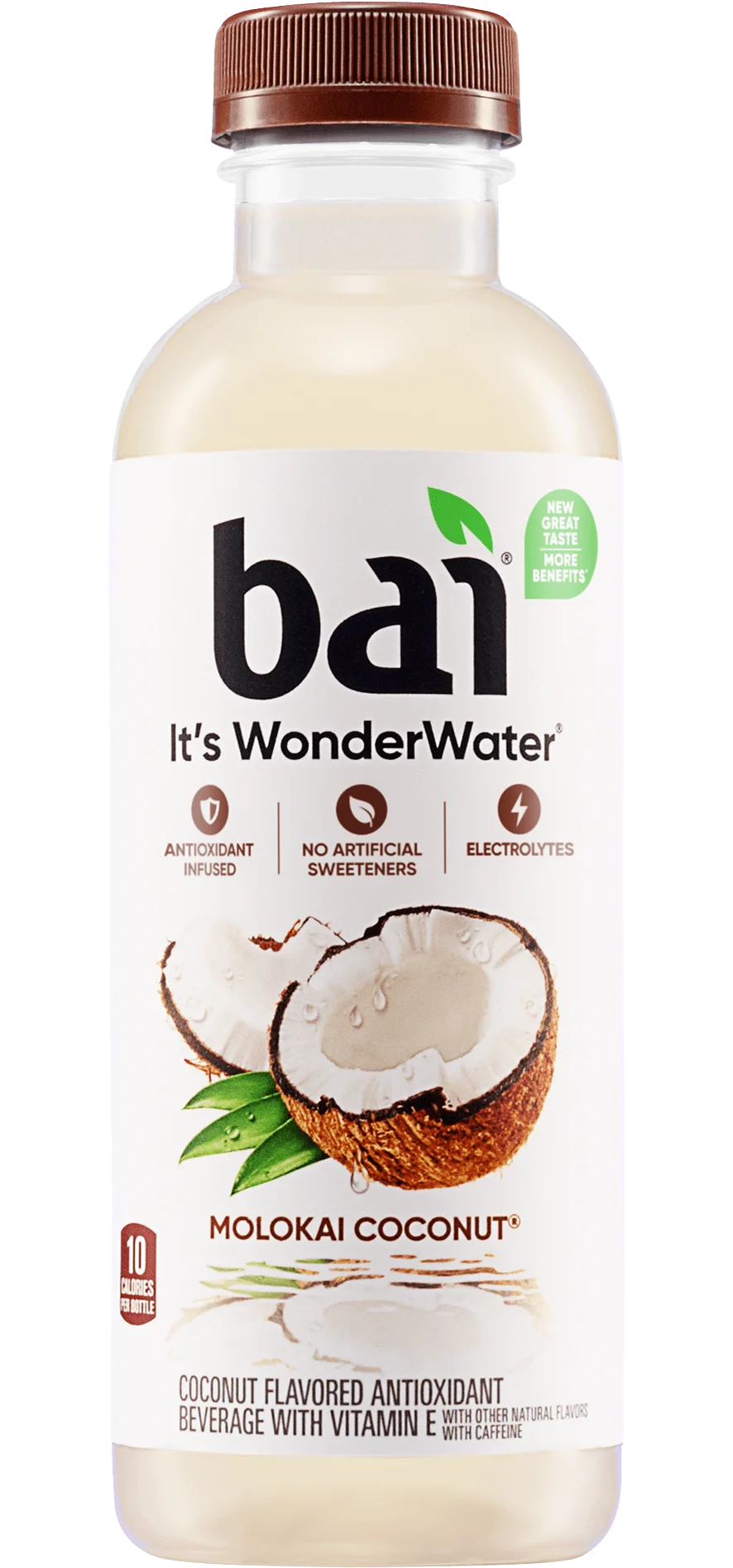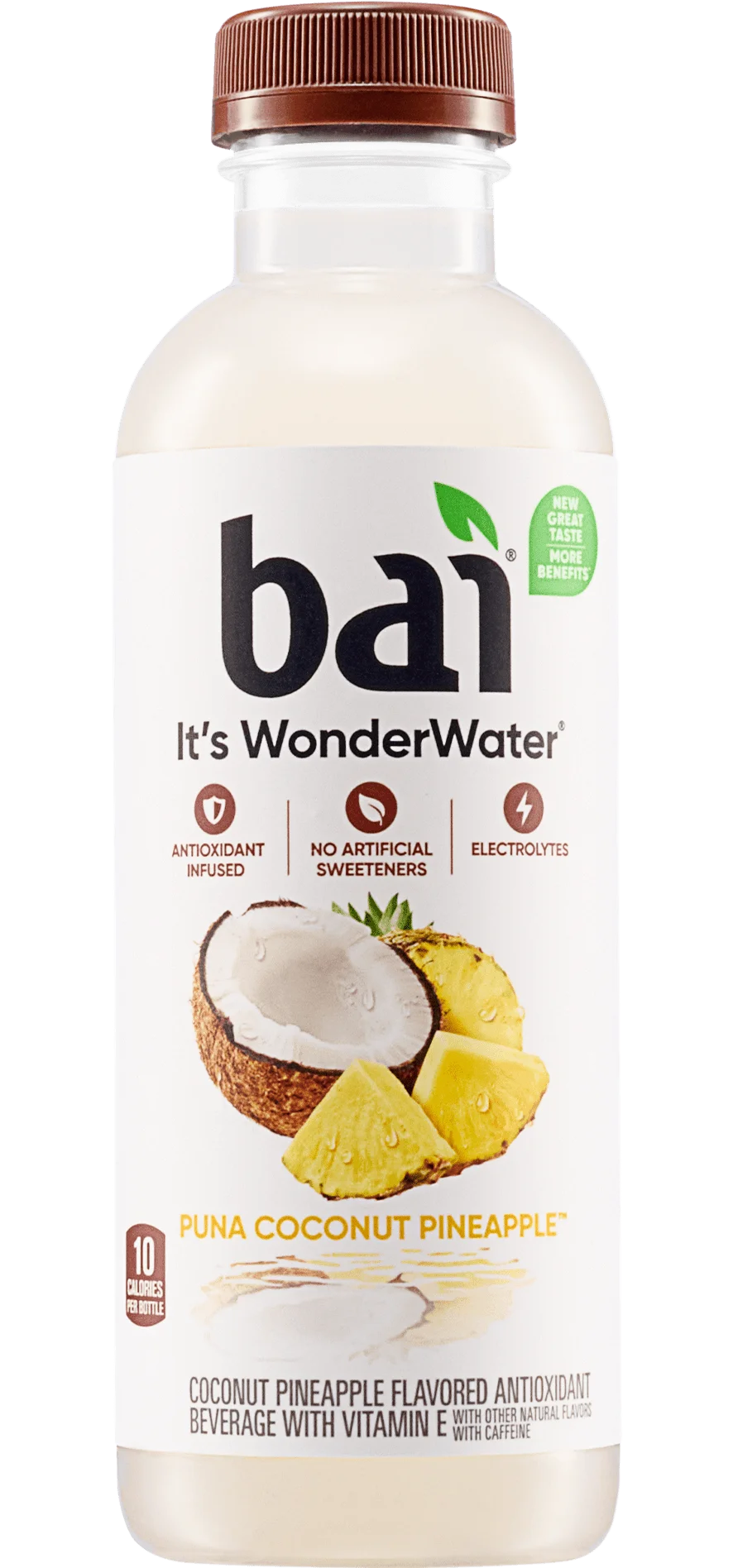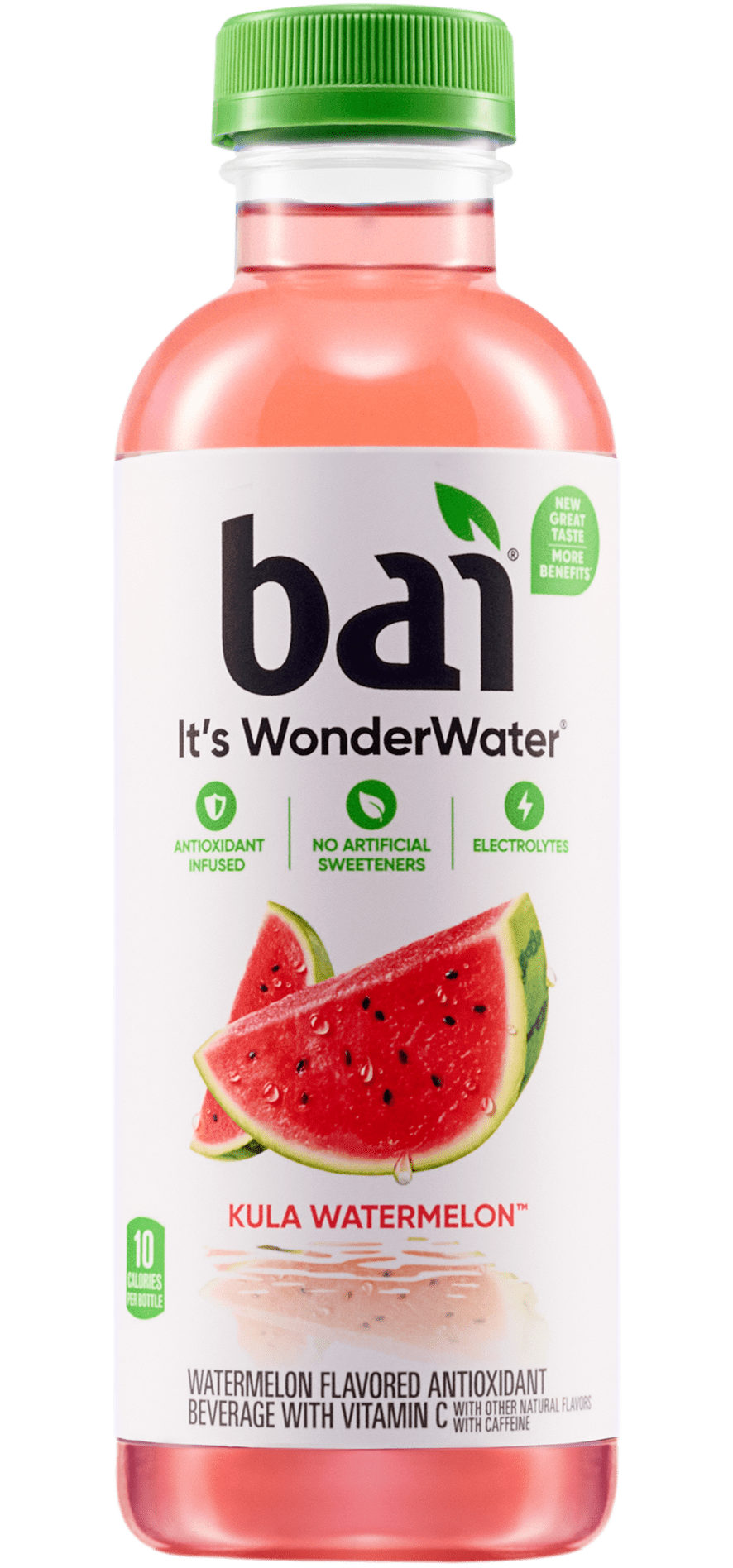Meet our pals the electrolytes. They’re constantly working behind the scenes to help our bodies function at top speed, getting necessary water to all of our cells in a sort of ‘follow-the-leader’ hydration fashion. They also are collectively ‘the man’ when it comes to proper muscle contraction, nerve sensitivity, pH balance and energy production. Here are a few of our besties. We’re sure you’ve been introduced before, but it’s time you really get to know each other. We think it could be a beautiful friendship.
Potassium (K+)
Potassium is the do-gooder of the family. If your kidneys are properly functioning, potassium can only have a positive impact on your body. Unless you consume an unhealthily large amount, of course. But that can only really happen if you eat, like, hundreds of bananas in one sitting. And if that’s the case, potassium might not be the only thing you should spend time worrying about.
The Lowdown:
Potassium is the main intracellular electrolyte in the body. This means it’s the main player in directing water to the inside of cells, which is essential for practically everything they do. The herder electrolyte, if you will. It’s also the electrolyte to turn to if your blood pressure is higher than it should be.
The Recommended Daily Allowance for potassium in adults is 4,700 milligrams. You can get this from eating roughly 10 bananas or 5 potatoes; whether or not that’s your style is up to you.
Our Suggestion:
Get your fill of potassium from a wide range of healthy natural sources like avocados, cherries, potatoes, and oranges.
We weren’t challenging you to eat 200 bananas in 2 minutes. Don’t try it.
Chloride (Cl-)
Since most electrolytes have a positive charge, chloride’s gotta stick around to be the neutralizer. But don’t call it a Debbie Downer. It really doesn’t like that. Trust us.
The Lowdown:
Chloride is an extracellular electrolyte, meaning it hangs out in fluids like blood and digestive juices (sounds like a cool chick, right?). There it maintains proper water volume and pressure, and becomes hydrochloric acid in your stomach to help break down food.
Often times, when positively-charged electrolytes are pumped to an area of the body, chloride is co-transported with them to keep the net charge at 0. This keeps the overall cellular environment stable.
The RDA for chloride is technically 2,300 mg, but since it exists so widely in our diet, many nutritionists consider there to be no RDA for chloride at all.
Our Suggestion:
Although the chemical formula for table salt is NaCl (sodium chloride) and therefore can be a substantial provider, you’re better off looking for other natural sources. We’ll get into why in just a second.
When you’re feeling like your body could possibly use some chloride lovin’, consider having rye, tomatoes, seaweed, or olives. Even tap water in some areas is treated with a healthy level of chloride.
Sodium (Na+)
Much like the terms ‘low fat,’ ‘all natural,’ and ‘gluten free,’ ‘low sodium’ has become quite a buzzword amongst dieters. Sodium may be the black sheep of the family, but we think it has a good heart. It’s just a little misunderstood.
The Lowdown:
Sodium is the major extracellular electrolyte in the body. This is why it has such a notorious impact on fluids that aren’t contained by cells in the body, such as blood and pee. Ahem, urine. But really, an extra salty meal could be the reason why it’s looking especially yellow, even if you’re keeping perfectly hydrated.
Sodium is essential in correct amounts for certain biological processes. It is especially important in the mechanism that converts carbs, protein, and fats into a form of energy that your cells can use. Lack of sodium can severely impact this necessary function. This is why electrolytes are in high-sugar sports drinks (aside from their assistance in hydration); they help your body utilize the present carbs as energy more efficiently during exercise.
The recommended limit of sodium for an adult is 2300 mg. This comes out to roughly 1 full teaspoon of table salt per day. Compared to the other electrolytes, this number is an upper limit rather than an RDA, as a diet containing excessive sodium can have a negative impact on your health.
Possible complications of consuming too much or too little sodium are bloating, fatigue, high blood pressure, dehydration, and altered blood pH.
Its Bad Rep:
The main reason sodium is such a bugaboo according to many dieters and fit foodies is because of its ability to cause bloating. This is due to the way electrolytes interact with water- where they go, water follows. This is especially true with water to sodium, though. Like quintessential stage-5 clinger status. So when you’re eating extra salty foods, don’t be surprised if you’re feeling a little puffy. The sodium you’re eating is just getting stored close to the skin’s surface and the water in your body is following. You can, however, outsmart their system. You evil genius, you.
Our Suggestion:
Stay hydrated! Rule of thumb: drink .8-1.0 fluid ounces per pound of body weight each day. It may sound counterintuitive- drink more water to get rid of the bloating that water is causing. But it’s like loading your h3O bank account- the more you have, the more you can spend. Proper hydration helps convey to your body that it doesn’t have to hold onto the fluid that’s causing the bloat since you’re giving it a steady supply. It will diffuse the salt that’s huddled together in unsightly places, encouraging the water that’s been snuggling with it to leave too. It’s not safe to cut sodium out of your diet completely, so if you’re concerned that your skin is a little softer to the touch than usual, reach for a drink. Make sure you stay away from ones high in salts and sugars, like sports drinks, sodas, and juices. Maybe something try something like, oh I don’t know, a Bai?
Harness that salty beast! Easy ways to avoid added sodium are choosing unsalted/low salt versions of your favorite snacks (nuts, pita chips, veggie dips, etc), making recipes with half of the salt suggested and then adding to taste, and asking for less salt on your meals at restaurants (you usually won’t even have to add any yourself- restaurants are notorious for over-salting).
Get sodium from sources where it occurs naturally, like seafood and seaweed.
A Fun Fact For the Road
If you ever cramp up inexplicably, electrolytes could be the cause. Since they’re so important for muscle contraction, an imbalance can cause muscle fibers to essentially short-circuit. Try hydrating and getting some more calcium (surprise! It’s not just for bone strength. That’s a fun fact in itself) and potassium into your diet.

